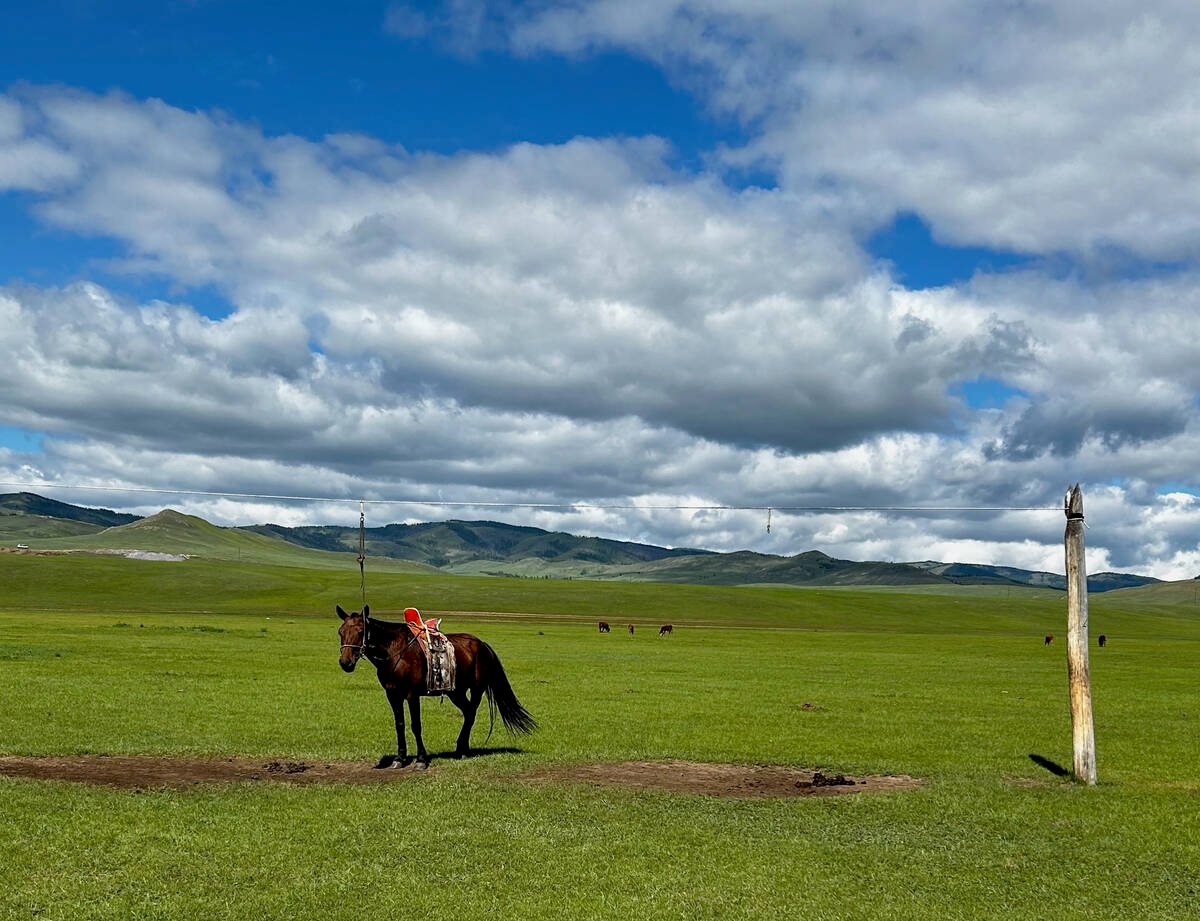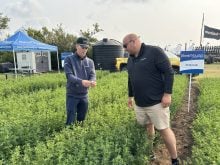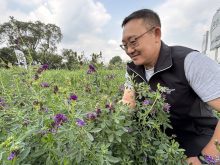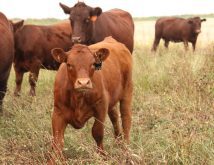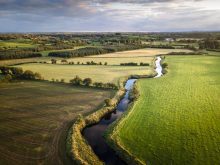About 70 per cent of Mongolia’s pastures are over-grazed, as the country has added tens of millions of sheep, goats and cattle over the last two decades.
“(About) 20 years ago, it was a really beautiful country. But now there’s no grasses. There’s lots of bare ground,” said Bill Biligetu, a University of Saskatchewan forage crop breeder.
Biligetu was part of a delegation from the U of S, including cattle expert Bart Lardner, who spent two weeks in Mongolia this summer.
Read Also

U.S. government investigates high input costs
The USDA and DOJ are investigating high input costs, but nothing is happening in Canada.
The Canadian government and the University of Saskatchewan are part of a $10 million project led by Alinea International, a development agency with offices in Calgary, trying to help Mongolian farmers modernize their practices.
The grasslands of Mongolia are severely over-grazed because the population of livestock exploded in last two decades. Around 2010, the country had 25 million sheep, goats, cattle and horses, Biligetu said.
By 2022, that number had climbed to 70 million.
“Livestock and the forage-grassland agriculture, (that’s) their main thing,” said Biligetu. “(But) everywhere there is over-grazing. That’s really a major problem, right now.”
The number of livestock in Mongolia nearly tripled for multiple reasons. The country had several years with wetter-than-average weather and robust growth on rangelands, allowing farmers to expand their herds.
And, just like farmers in Canada, Mongolian farmers want to get bigger and make more money.
“The standard is 300-400 sheep and goats (in Mongolia). They always have 10 horses. Maybe 10-20 cattle,” said Biligetu, describing the typical farm in Mongolia.
However, producers aren’t called ‘farmers’ in Mongolia.
They’re known as ‘herders.’
The herders keep their animals on pasture year-round, which is risky because Mongolia has a short growing season and only receives 200-250 millimetres of precipitation per year.
Regina, in comparison, gets about 400 mm of rain and snow annually.
Having 70 million livestock in a country with limited moisture and minus-30 degrees Celsius winters, was disastrous for Mongolian herders and their animals in 2022.
“(That year) they had 71 million livestock. But they had a really severe winter,” Biligetu said. “They basically lost about 40 million livestock … In 2023, they lost another seven million.”
Seeding alfalfa and forage crops
The $10 million development project, which will hopefully prevent similar livestock losses in the future, has multiple goals in Mongolia.
University of Saskatchewan experts are sharing their knowledge about pasture management, carrying capacity, stocking rates and other information, says a summary of the project.
“(Also) forage production: drought- and cold-resilient annual and perennial forages for livestock production; production practices, harvesting and storage practices.”
Seeding and harvesting a forage crop like alfalfa isn’t a normal practice in Mongolia, where herders are semi-nomadic. They live in round tents called gers that are made from wood and fabric. Herders move their gers, depending on the season, following their livestock from pasture to pasture.
“They have a designated area for summer … (and) winter (grazing),” Biligetu said. “For winter, they won’t touch it during the growing season. So that’s protected for winter grazing.”
While in Mongolia, Biligetu and did trainings and workshops on the seeding of forage crops.
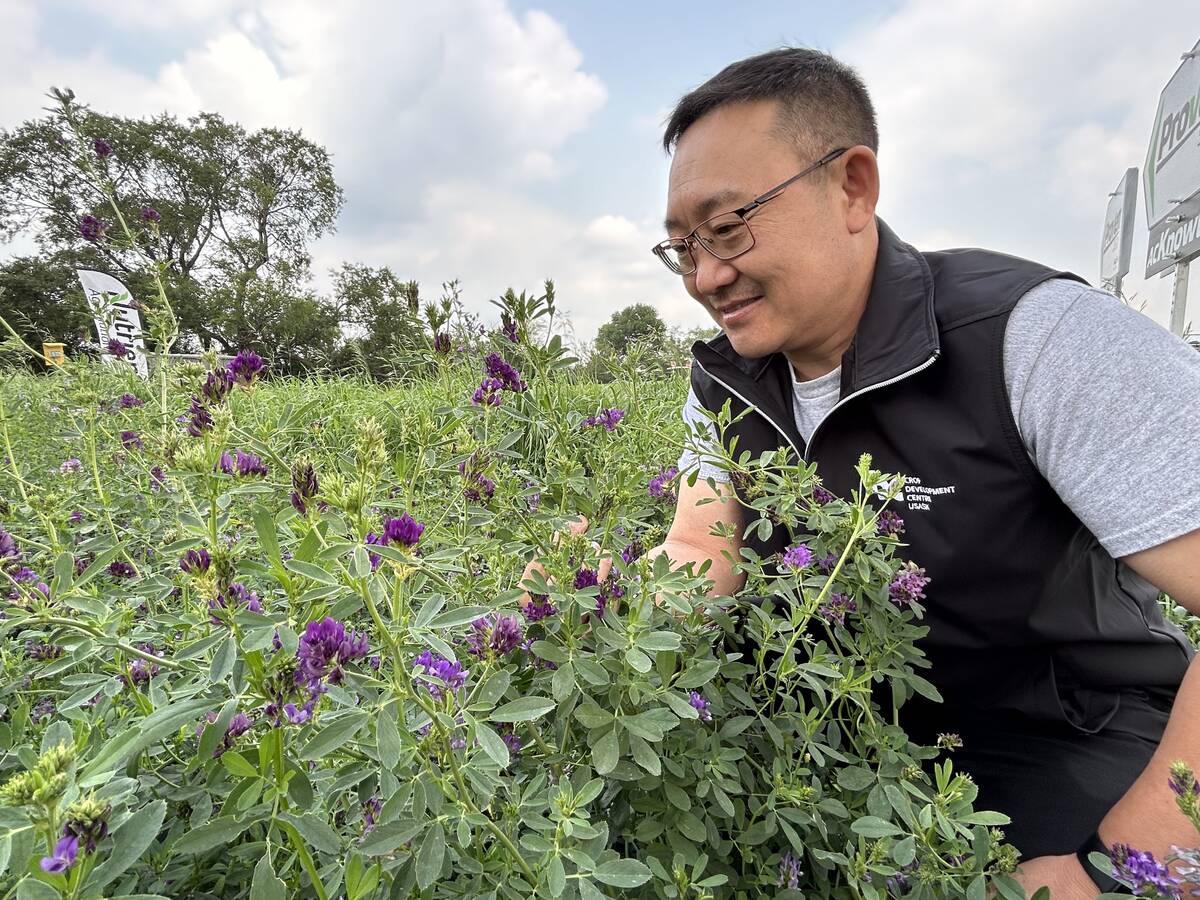
“People are desperate, looking for information,” he said. “They are looking for similar crops from Canada, for seeding (a) forage.”
That makes sense and may work, since Mongolia is at a similar latitude to the southern Prairies.
Change won’t happen overnight in Mongolia, but Biligetu was encouraged by what he learned this summer.
Some of the younger herders do want to break from tradition. Instead of raising five types of livestock — sheep, goats, cattle, horses and camels — they want to focus on a single species, like beef cattle. Or possibly operate a dairy.
That’s a hopeful sign, but one change could prove difficult in Mongolia.
While there, a University of Saskatchewan scientist pointed out that horses consume a large amount of forage and are hard on pastures. Maybe, herders should keep fewer horses?
That message was a dud, because horses are fundamental to Mongolian culture, Biligetu said.
“Their response was, ‘If Mongolia doesn’t have horses, it’s not called Mongolia.’”


